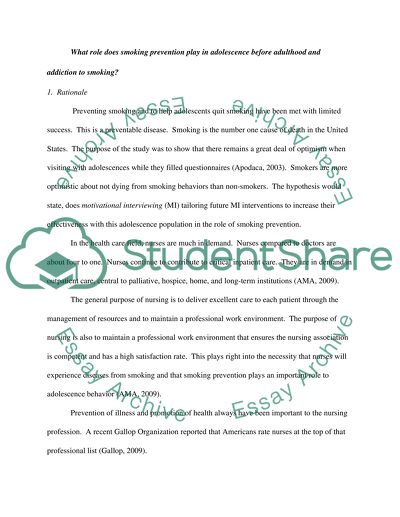Cite this document
(“What role does smoking prevention play in adolescence before adulthood Research Paper”, n.d.)
Retrieved from https://studentshare.org/family-consumer-science/1415145-what-role-does-smoking-prevention-play-in
Retrieved from https://studentshare.org/family-consumer-science/1415145-what-role-does-smoking-prevention-play-in
(What Role Does Smoking Prevention Play in Adolescence before Adulthood Research Paper)
https://studentshare.org/family-consumer-science/1415145-what-role-does-smoking-prevention-play-in.
https://studentshare.org/family-consumer-science/1415145-what-role-does-smoking-prevention-play-in.
“What Role Does Smoking Prevention Play in Adolescence before Adulthood Research Paper”, n.d. https://studentshare.org/family-consumer-science/1415145-what-role-does-smoking-prevention-play-in.


